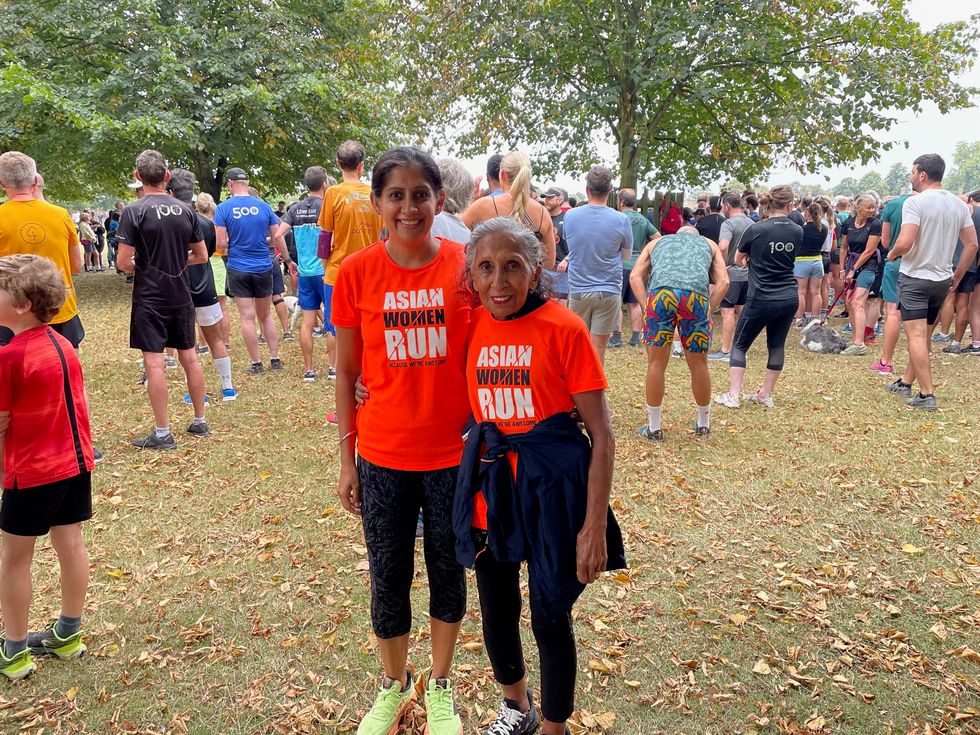Scientists have revealed in a recent publication in the journal, The Lancet that higher doses of oral semaglutide, a commonly prescribed medication for blood sugar control, exhibit superior efficacy in managing blood sugar levels and promoting weight loss compared to lower doses.
The study specifically found that once-daily oral semaglutide administered at 25 milligrams (mg) and 50 mg demonstrated greater effectiveness in reducing blood sugar levels and facilitating weight loss when compared to the lowest dose of 14 mg.
"Low doses of GLP-1 receptor agonists are really powerful for reducing A1C, or the average glucose in the blood whereas, the higher doses are really good for weight reduction. "On average, patients lost eight kilograms at 50 milligrams, which is nearly twice as much weight loss that we saw with the lowest dose," said John Buse, study author and professor of Medicine, University of North Carolina Health Care, US.
Diabetes is characterised by abnormally high blood glucose levels, excessive urination and persistent thirst and becomes more severe over time, making it more difficult for the patient to manage blood sugar levels.
Semaglutide, a glucagon-like peptide-1 (GLP-1) receptor agonist, has been known to grant patients more control in lowering of blood sugar. Blood sugar levels are measured through a percentage, called A1C.
According to the American Diabetes Association, diabetic adults with A1C less than 7 per cent are considered healthy.
In this study, 1,606 diabetic participants, on average male and aged 58.2 years, were divided randomly into three groups and asked to take oral semaglutide once a day. For 52 weeks, each group took either a 14 mg dosage, a 25 mg dosage, or a 50 mg dosage. All the participants had an A1C between 8 and 10.5 per cent.
Those receiving the 25 mg and 50 mg doses of oral semaglutide were found to be more likely to reach the A1C target of less than 7 per cent, compared with those who took 14 mg.
Semaglutide is known to also cause weight loss by suppressing appetite.
At the end of the 52 weeks, the participants who took 50 mg of oral semaglutide had lost, on average, 8 kilograms (kgs).
Researchers found that those who took 25 mg and 14 mg lost about 7 kgs and 4.5 kgs, respectively.
However, they observed that participants in the study encountered side effects, with nausea being the most prevalent, owing to the drug's impact on stomach fullness.
Additionally, some individuals who received the higher doses of 25 mg and 50 mg reported instances of vomiting, diarrhoea, and/or constipation.
(PTI)

















 A cookery theatre presented by television chef Parveen the Spice QueenRFMP
A cookery theatre presented by television chef Parveen the Spice QueenRFMP The mela will feature live music, street food, cookery demos, fashion stalls, and a funfairRFMP
The mela will feature live music, street food, cookery demos, fashion stalls, and a funfairRFMP


 Charithra Chandran styled her hair in soft curls for the Ralph Lauren outfitInstagram/
Charithra Chandran styled her hair in soft curls for the Ralph Lauren outfitInstagram/ Charithra’s look was inspired by her character Edwina Sharma from BridgertonInstagram/
Charithra’s look was inspired by her character Edwina Sharma from BridgertonInstagram/